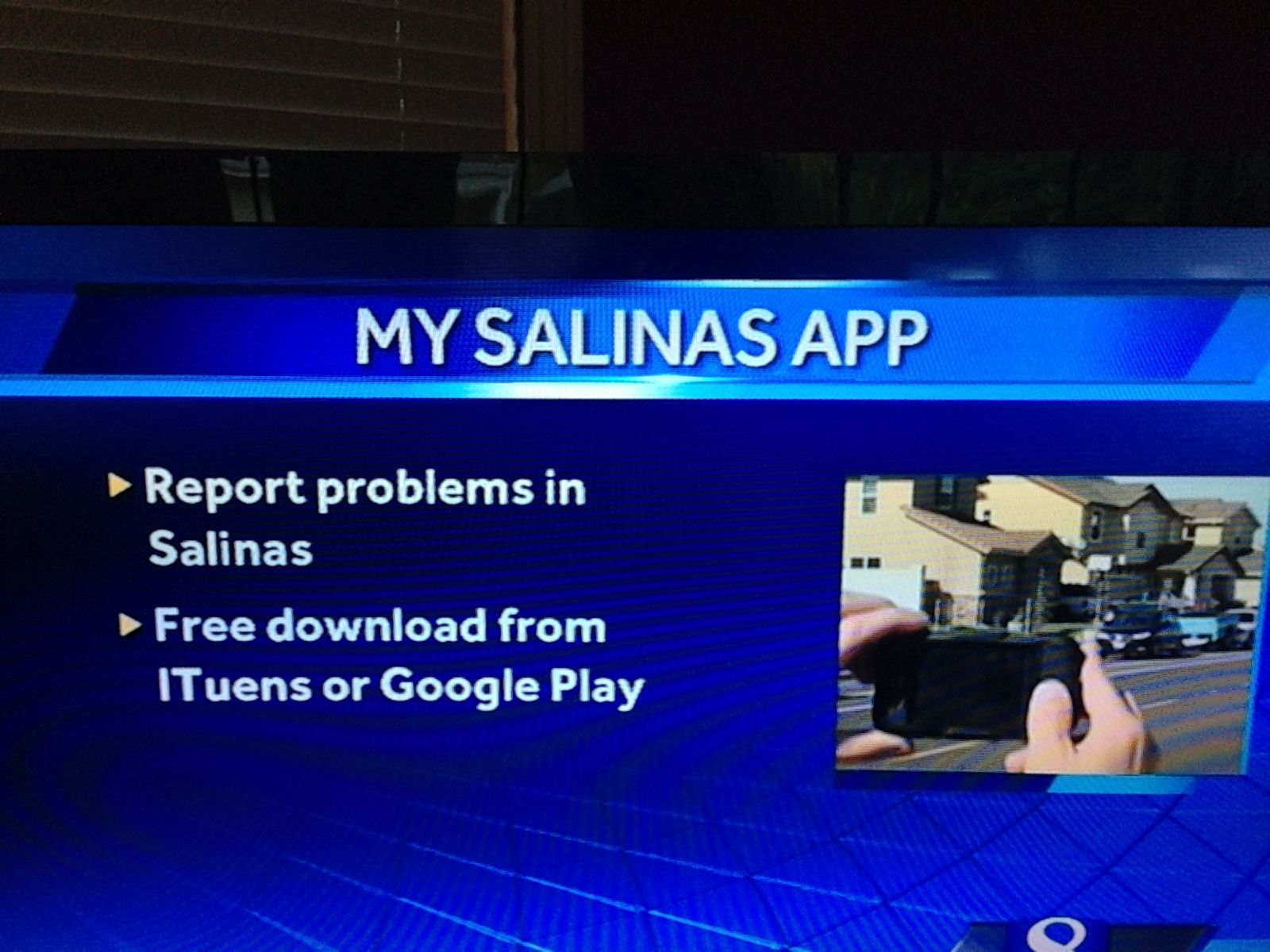Broadcast Graphics Spellcheck: Time To Get It Right!
Admittedly, I’m a bit of a news junkie.
That means I watch a lot of graphics whirl across the screens of the world, and especially those of the news I watch most. My news viewing would be a combination of a lot of what one might call “informational variety”i.e., …. Fox, CNN, MSNBC, CNBC, Comedy Central, and my local Monterey-Salinas, CA stations, KION and KSBW. Yet, in the same way I have always been told (and have always told my kids) a Golden Rule of Writing, i.e., “Never leave a typo on the resumes you send out,” I must similarly now insist that my industry invoke a new Golden Rule of Graphics…never leave a typo in your on-air graphics board!

Looking Back: Manual vs. Digital
When I first worked for ABC Sports in the 1970s timeframe, as a production assistant for football games and the Olympics, graphics were all done manually. White block letters were prepared ahead of time, stenciled on to black cardboards, and then held on a telecast stand for the requisite time until the director switched cameras. It was extremely inelegant, and terribly inefficient, but there weren’t many typos in the process, because several eyes usually saw the letters and words before they came to the screen.

As companies like Chyron created machines that could replace the manual grahics made by nerds like me, the system was supposed to have gotten incredibly better. Graphics could be prepared on the spot, and telecast without any real manual involvement (other than typing in the text), and digital – like it has for so much of life – just made the communications process so much better…except for the typos.
A Graphics Typos Scourge
As the five examples pictured here show, a wide range of professionals today seem afflicted by the Graphic Typos Scourge. This ranges from my local station to the all-important and all-powerful Fox and CNN.
The smarter way to stay on top of the multichannel video marketplace. Sign up below.
Indeed, at one point earlier this year, I had seen so many instances of basic words being spelled badly that I wrote to my local station manager, and even suggested a solution. He needed to deploy or even invent a “Spell Check for Graphics” machine. He promptly wrote back that no such thing exists.

Perhaps worse still, is the threat from a graphics technician/engineer entering graphics that involve important numbers, and when, for example, a second set of eyes isn’t there to notice that the M in front of the word “million” should actually be a B (which tends to make a difference, ask Warren Buffett).
Or one envisions the crazy, yet entirely possible, outcome that might arise when an inadequate system takes a word like “Peer,” and confuses it with one like “Pier.” Indeed, what might the NSA make out of the misspelled graphic (and what political disaster might emanate from the underscreen scroll) “Russian President Putin Attacks Piers In Hawaii”?
Process 101: Broadcast Graphics Spell Check
That said, it’s now time now for the industry as a whole, perhaps at the next NAB, or NCTA, or SCTE show, to introduce “Broadcast Graphics Spell Check” as a standard for every future graphics device and software program that goes to the cable, broadcast, satellite, telco or Over-The-Top/Broadband/Online Streaming Video markets.

And it’s time to put another set of great-spelling eyes into the electronic chain that takes on-screen words from a keyboard to a video monitor.
Indeed, in what world, is it ever right (or even acceptable) to regularly take the acronym “NFL” and spell it “ONFL,” and spell “iTunes” as “iTuens,” and “Minivan” as “Minvan,” as my local station did most recently? Or when is it right for CNN to take the word “crowd” and write it “crowed,” or for MSNBC to take the word “Virginia” and spell it “Virgina” (especially when such freshman errors can be so readily corrected)? And the Fox entry here…well..it takes the word “typo” to a new level, doesn’t it?

In short, it’s forty-plus years post-Munich ’72, and post-1974 Cal vs. Stanford Big Game; the technology is there; so the video business’s own version of “Care Enough To Get It Right” needs to step up, and focus the storytelling on the story, and no longer on the problems reading it!
Jimmy Schaeffler is a telecom author and chairman and CSO of the Carmel-by-the-Sea-based streaming, broadcast and pay TV/video consultancy, The Carmel Group (www.carmelgroup.com).
Jimmy Schaeffler is chairman and CSO of The Carmel Group, a nearly three-decades-old west coast-based telecom and entertainment consultancy founded in 1995.

